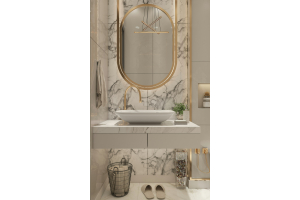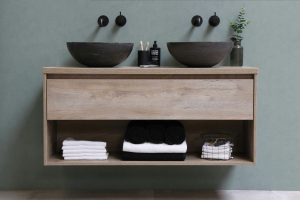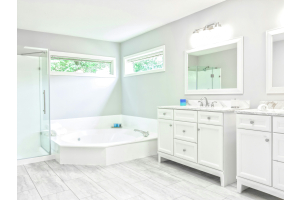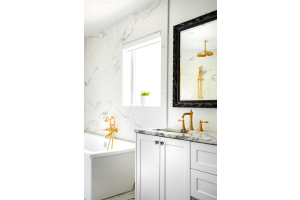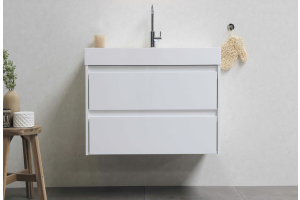Wooden wall panels have come a long way since their reputation took a hit in the gaudy 1970s. Aesthetically flexible, quality wood paneling can evoke everything from rustic charm to sleek modernity.
When it comes to adding a unique look to your home, there are two options: the DIY route and purchasing wood veneer panels. Let’s explore the do-it-yourself option first.
Choosing the Right Wood
While cherry and mahogany can make a room look like a 19th century library, they are not cheap. For this reason, if you are new to woodworking, you might consider practicing with some cheap pine wood first. This allows you to practice without the pressure of high costs.
If you’re going for a modern look, lighter colors are typically best. However, the darkest woods, like ebony, can also work well. Alternatively, you can use pine for the whole project, and stain it any color you wish.
Once you’ve chosen the type of wood you want to use, you need to find hardwood plywood or large, wide boards that have been edge-glued to match the wood grain. Hardwood plywood will be cheaper, but edge-glued boards will have a cleaner look.
Measure Twice, Cut Once
The next step in the process is to measure the wall space. Regardless if you’re planning to install full coverage or accent panels, make sure you divide the length and height into evenly sized panels.
Find a large space on the floor and use some string to represent the edges of the panels. This will help you visualize how the pieces will fit together before making cuts that cannot be undone.
Once you’re sure of your sizing, it’s time to cut. Always wear safety goggles, and keep your hands clear of the saw blade. Chalk line your cuts ahead of time, and make sure to check them with a level.
Sand, Stain, and Hang
Once your panels are cut to size, sand them smooth–especially the edges. This will help maintain a beautiful finish while making sure any stain you use will spread evenly. Start with a heavy grit sandpaper, and move to a finer grit for the finishing touches.
If you’ve gone the pine or lower-priced wood route, staining the wood the color you want is the next step. The biggest mistake people make when staining wood is having too much stain on the brush; this causes dark spots and an uneven, amateurish look. Always use brush strokes that follow the grain, rather than cross it.
The last step is to mount the panels using brackets. Thin L brackets work best. Use the thinnest brackets you can find so that the panels aren’t sticking out too far from the wall. Space the brackets evenly, ensuring they are level. Finally, add brackets to the panels themselves, and carefully hang them on the wall.
Sound Daunting?
Unless you spent your childhood in your uncle's carpentry shop, the DIY route to wall panels can be a steep hill fraught with ways to ruin the project with a single misstep. Purchasing premade panels is a simpler and often cheaper route.
The premade path also allows you to opt for slats rather than panels. If you’re wondering if wood slats or metal slats are better, the answer is that wood slats are superior for both aesthetics and acoustics.
The wood veneer and wood grain panels at 27estore are the perfect choice for home makeovers. Our panels come with mounting brackets that are the perfect size right out of the box, and our metal wall rails make installation a breeze.
When you’re ready for a new look and wondering how to remove wall panels, you’ll find it’s just as easy as installing them. Check out our selection and see how 27estore can make your home makeover seamless!

